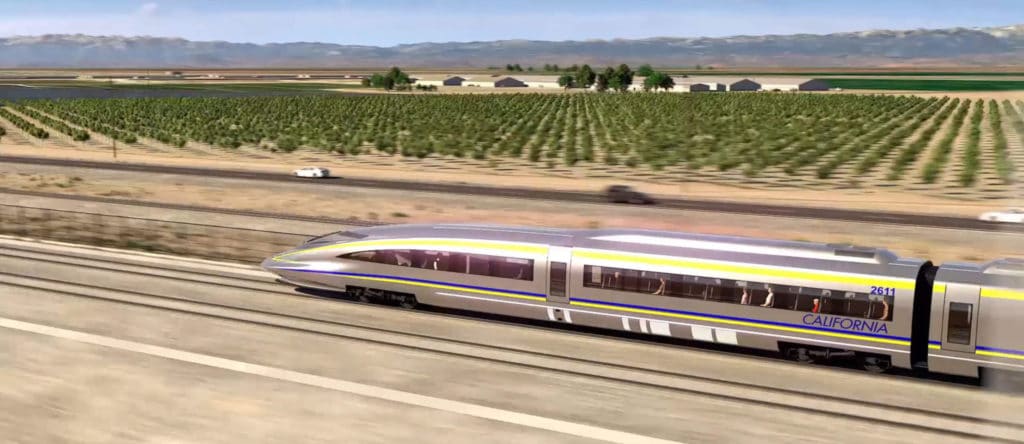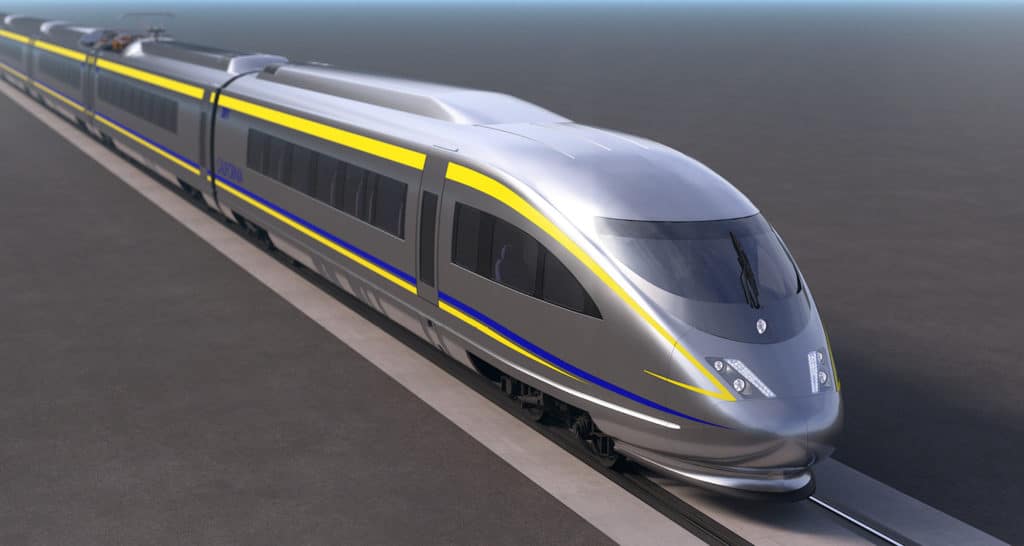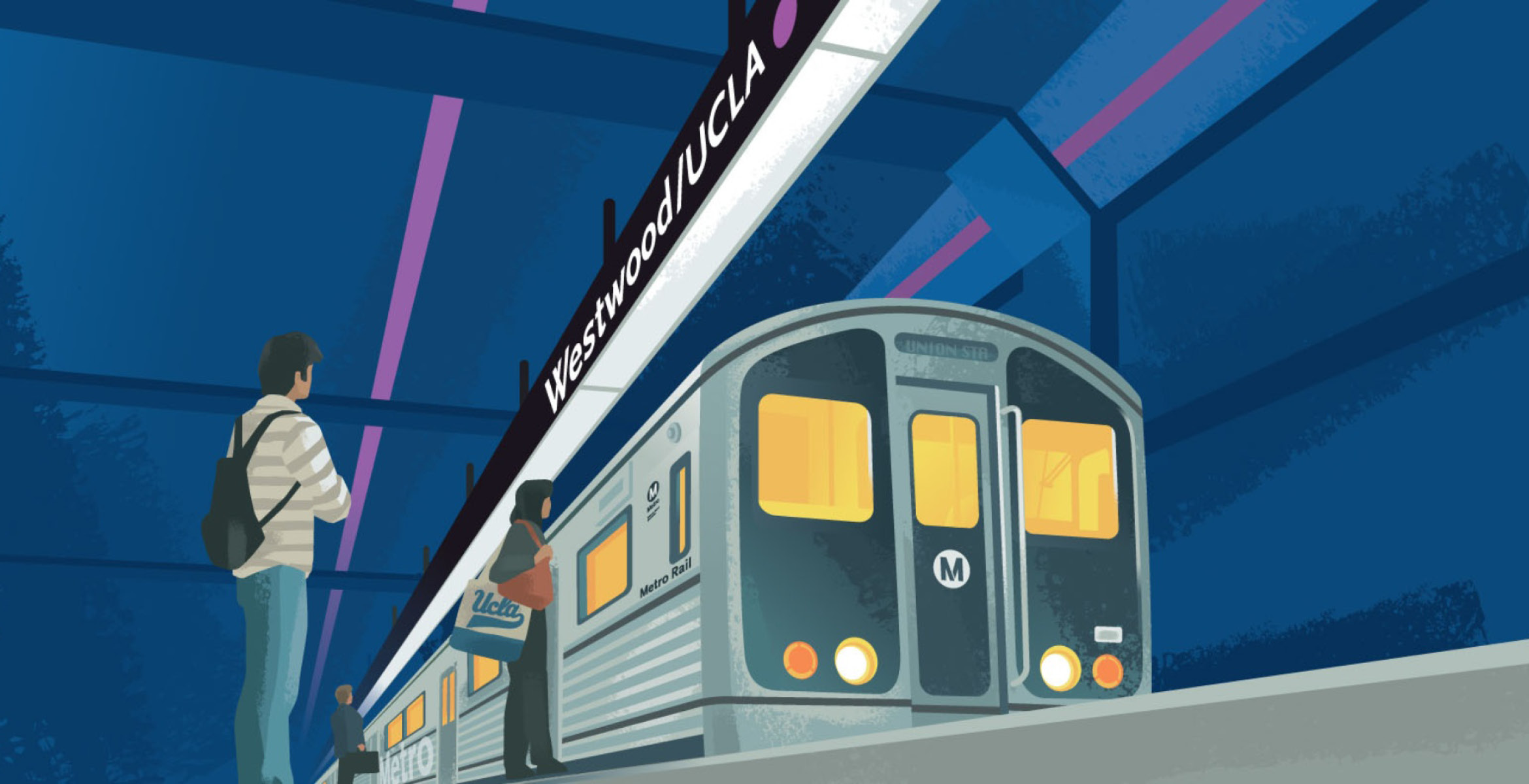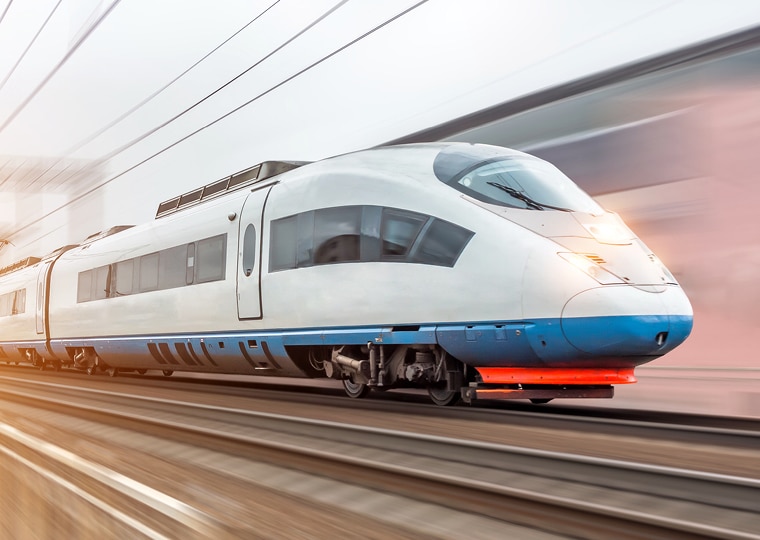As the latest project segment within the larger California High-Speed Rail (HSR) initiative to receive board approval from the California High-Speed Rail Authority (Authority), the 14-mile Burbank-to-Los Angeles project section will be a true trailblazer for the United States’ first fully dedicated HSR service.
In preparing the final Environmental Impact Report/Environmental Impact Statement (EIR/EIS) for the section, which is located within one of the most densely-populated and congested areas in the entire country, STV had to account for several unique challenges ranging from minimizing impacts to existing commuter, intercity and freight rail services, to developing the first planned HSR-to-airport connection in the United States.
“When looking at some of the challenges that came with planning HSR service in this section, the starting point was how to facilitate service at both ends of the segment: a new Burbank Airport Station, and the existing Union Station in Los Angeles,” said Tyler Bonstead, P.E., AICP, STV vice president and project manager. “Then we had to determine how best to connect two stations with minimal impacts to the surrounding communities.”

Burbank Airport Station, the northern end of the segment, will be constructed below-ground and adjacent to the future Hollywood Burbank Airport replacement terminal, making it the nation’s first direct HSR-to-airport connection. Once completed, travelers should be able to walk from the HSR station to the airport in mere minutes. From a larger economic standpoint, the HSR access will make Hollywood Burbank Airport more of a destination for those within the state and commuters coming from outside California.
From a planning standpoint, “getting HSR so close to the airport was the toughest part” to account for, Bonstead said. With the Burbank station being constructed underground, the planning team had to determine how HSR could be constructed and operate underneath an active airport environment – including runways and other civil infrastructure – without disrupting operations at Hollywood Burbank. The team looked at unique tunneling techniques that would facilitate construction without affecting airport traffic or safety.
Additionally, the Hollywood Burbank site was formerly used as an industrial facility and has been classified by the U.S. Environmental Protection Agency as a Superfund site. So, the STV team needed to carefully consider any adverse environmental impacts to the surrounding community that could be caused by the development of HSR service within the corridor.
Meanwhile, at the southern end of the corridor is Los Angeles Union Station, which serves about 110,000 commuters a day, making it the busiest rail station in the Western United States. Union Station is primarily used by Metrolink commuter rail service, and Amtrak (the fifth-busiest Amtrak station in the U.S.). In the coming years, train traffic in and out of Union Station is projected to increase, with Metrolink anticipating adding more service in Southern California.
For the Burbank-to-Los Angeles segment, the Authority has opted to use existing right-of-way (ROW) to the greatest extent possible as a means to minimize the need to acquire additional property. This has required coordination with the passenger rail operators, as well as Union Pacific, the main freight railroad that uses the corridor, to ensure that the HSR project could be introduced in a way to minimize impacts to their operations while allowing for future growth.
The project team also needed to develop a plan that would allow the HSR to run uninterrupted along a right-of-way that features several at-grade crossings in congested Southern California.
“In some areas, there wasn’t an option to just raise the roadway where it crossed at the tracks because of how it would impact the densely developed community surrounding it,” Bonstead said. “To accommodate these areas, we had to develop plans to design and construct entirely new roadway connections in some neighborhoods and raise railroad tracks in others.”

With the Burbank-to-Los Angeles EIR/EIS now approved, the Authority board is now considering approval for the San Jose-to Merced and San Francisco-to-San Jose sections. The board hopes to complete the environmental process for the full Phase 1 system – including the Los Angeles-to-Anaheim section, which STV – by 2023.
“The biggest goal of this program is to provide people with a one-seat ride between both ends of the state,” Bonstead said. “However, the EIR/EIS looks at several other aspects of the project that will enhance the quality of life for users and residents, whether it be air quality, traffic, and safety improvements, coordination with new riverfront parks and bikeways, and several other infrastructure improvements. With the EIR/EIS section now approved, this is all one big step closer to becoming a reality.”
Renderings courtesy of the California High-Speed Rail Authority






